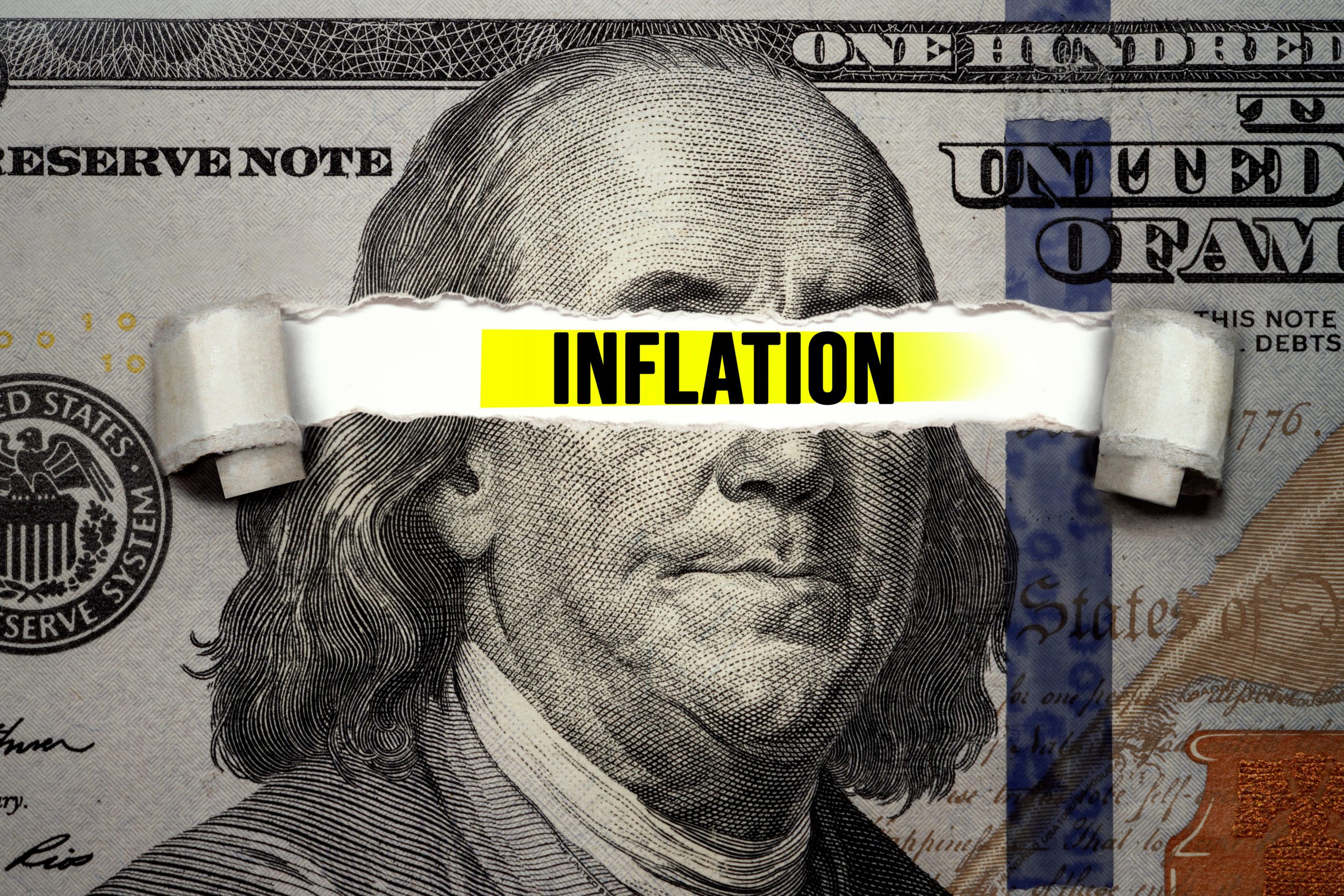According to the WSJ, the consumer price index (CPI) released reports for March that show an 8.5% increase in inflation. To compare, February’s annual rate was 7.9%. Inflation has been rising at its fastest annual pace since 1981.
Americans dealt with six straight months of rising inflation. It currently sits at 6%, well above the Federal Reserve’s comfortable 2% target.
The United States saw record-high fuel prices in mid-March, with a gallon of gas reaching $4.33, per The New York Times. However, fuel prices cooled to a national average of $4.10 on Tuesday, April 12.
As farmers and food distributors passed along increased prices of fertilizer, transportation, and distribution costs to the consumer, the latter saw another notable difference at the grocery store. Grocery prices rose 1.5% overall, while specific goods increased substantially. Markups are visible across the board: beef went up 16%; flour, 14.2%; citrus fruit, 19.5%; and milk, 13.3%.
The United Nations’ Food and Agriculture Organization noted that global food prices hit an all-time high in March. The index rose 13% that month. Grains and oil-based foods also saw a drastic increase due in part to Ukraine’s role as one of the world’s most prominent grain and edible oil producers.
The core price index, which measures inflation without considering food and energy prices, rose 6.5% through March. This evaluation is slightly up from February’s 6.4% increase.
However, there is a glimmer of hope. The core price index did show a slow on a month-to-month basis — 0.3% from February to March versus 0.5% from January to February. According to the WSJ, a 3.8% decrease in used vehicle prices appears to have driven that decline.
Blerina Uruci, an economist at T. Rowe Price Group Inc., commented, “Another encouraging sign was that airline fares, hotel prices, and other more volatile categories drove much of the price gains for services, while pressure from categories such as housing, which tend to be more persistent, eased.”
However, the economist added that supply chain constraints would continue to drive up the prices for groceries and goods.
Uruci’s observations are corroborated by the United States supply chain experiencing a bullwhip effect.
The “bullwhip effect” describes what happens when discrepancies and miscommunications between consumer demand, retailers, warehouse distributors, and suppliers arise.
Zerohedge explains that the Covid pandemic played a large role in causing the bullwhip effect. Throughout the pandemic, the Federal Reserve put money in the hands of millions of Americans via stimulus checks and child tax credits.
However, the pandemic halted production in U.S. and Chinese factories. This led to a stimulated buying market without means of producing or transporting goods.
Consumers went on a buying streak throughout 2020 and 2021. An increase in demand forced retailers to order more stock, which in turn caused the same response in warehouses and manufacturers.
As issues were routinely observed in the shipping industry, retailers would order excessive stock to keep up with demand. According to Zerohedge, retailers felt that the stock would sell out quickly because demand was so high, and more inventory would need to be en route or on hand to counter future stock issues.
However, this year, consumers are pulling back from spending money on physical goods, demonstrating the bullwhip effect in action. Goods are still being sent to American harbors and warehouses, but there is no place for the products to go if they are not being purchased.
Further, as inflation increases the prices of groceries and fuel, consumers have slowed spending on physical goods and are instead pumping money into the service industry.
However, a decrease in demand could help normalize the supply chain once again and lower prices.






